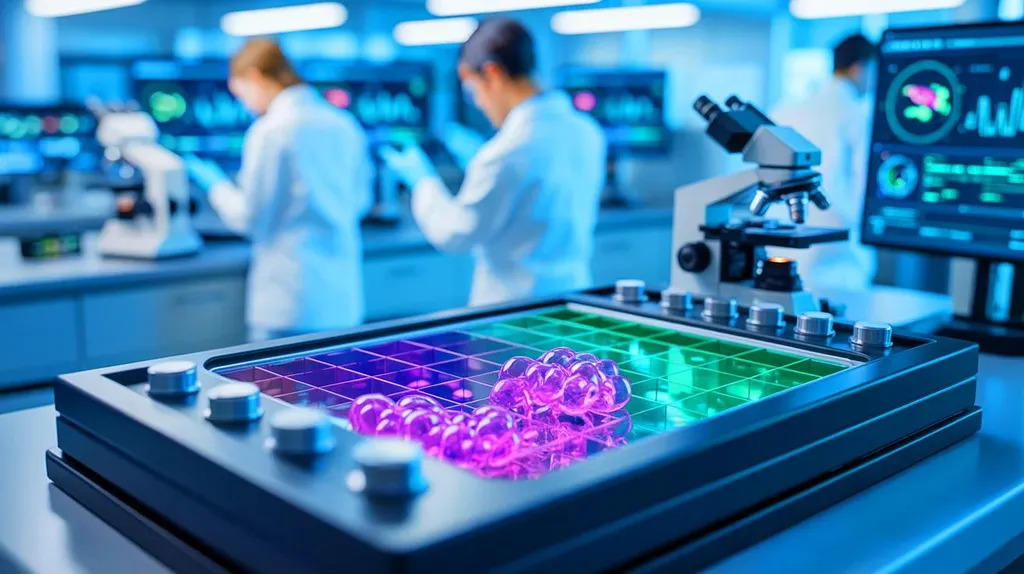In the relentless pursuit of enhancing electric vehicle (EV) technology, researchers have made a significant stride in lithium-ion battery (LIB) development. A team led by Yihui Liu from the Key Laboratory for Ultrafine Materials at East China University of Science and Technology has introduced an innovative electrolyte that promises to revolutionize fast-charging capabilities and temperature resilience in LIBs. Published in the journal Sustainable Materials (SusMat), which translates to “Sustainable Materials” in English, this research could have profound implications for the energy sector.
Traditional carbonate-based electrolytes have long been the standard, but they come with limitations—high solvation energy, elevated melting points, and poor interphase stability. These factors hinder the performance of LIBs, particularly in extreme temperatures and fast-charging scenarios. Liu’s team addressed these challenges by developing an electrolyte with a small-sized aggregate solvation structure. This novel design enhances lithium-ion (Li+) migration kinetics and promotes the formation of inorganic-rich interphases, which are crucial for battery stability and performance.
The results are impressive. Graphite anodes using this new electrolyte demonstrated outstanding cycling stability, retaining 98.6% of their capacity after 1,300 cycles. They also achieved a high-rate performance of 254.5 mAh g−1 at 10 C, which is over 70% of their capacity. For the LiNi0.8Co0.1Mn0.1O2 (NCM811) cathode, the electrolyte delivered a rate performance of 118.9 mAh g−1 at 10 C, which is 65% of its capacity.
In a commercial 1 Ah graphite||NCM811 pouch cell, the electrolyte sustained more than 80% capacity at 3 C and achieved 91.5% capacity retention after 1,000 cycles. Even at -20°C, the cell maintained a high capacity of 0.73 Ah at 0.5 C, and at an elevated temperature of 55°C, it delivered stable cycling for over 200 cycles.
“This breakthrough in electrolyte design opens up new possibilities for the energy sector,” said Liu. “Our small-sized aggregate electrolyte not only enables fast charging across a wide temperature range but also offers valuable insights into the design of electrolytes for other cation-based batteries.”
The implications for the energy sector are vast. As the demand for EVs continues to grow, the need for batteries that can charge quickly and perform reliably in various temperatures becomes increasingly critical. This research could pave the way for more efficient and durable batteries, ultimately accelerating the adoption of electric vehicles and other energy storage solutions.
Liu’s work highlights the importance of innovative materials science in driving technological advancements. As the energy sector continues to evolve, such breakthroughs will be crucial in meeting the challenges of a sustainable future. The research published in SusMat offers a glimpse into the potential of next-generation electrolytes and their role in shaping the future of energy storage.

